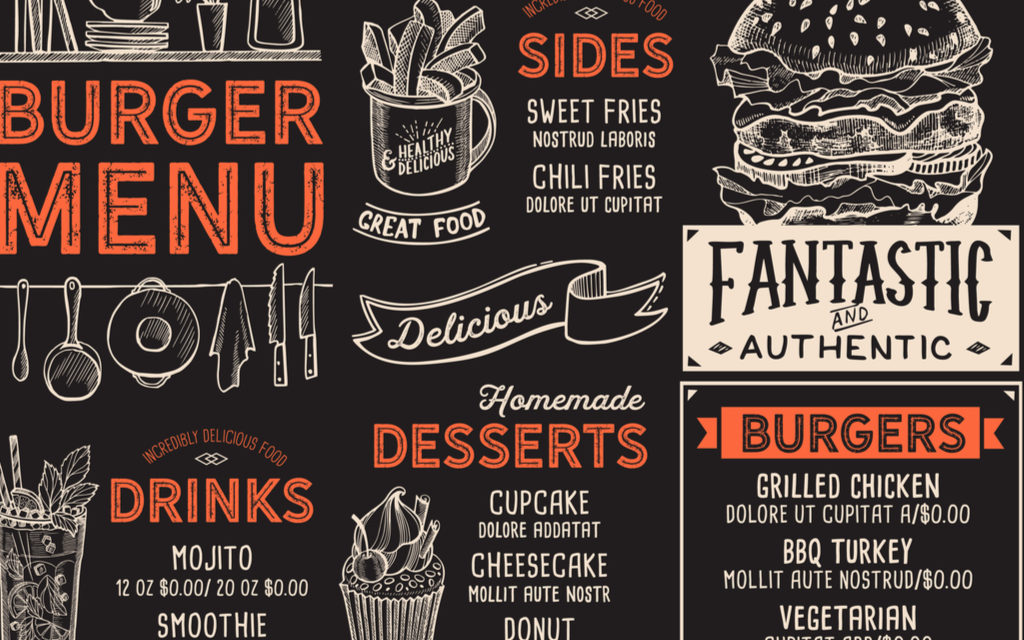By Paul Schlienz
Menu labeling is here, and the FDA is firm that there will be no more delays.
In general, the rule covers restaurants and similar retail food establishments if they operate 20 or more locations under the same name with substantially the same menu items at its locations. Smaller restaurants may comply with the rules if they choose, but this on a strictly voluntary basis.
If you are affected by the rules, starting on May 7, you must clearly and prominently display calories on menus, menu boards and drive-thru displays for standard menu items. On buffet, cafeteria and self-service lines, calorie information must be displayed on signs near the menu items. You may use the term “calories” or “Cal” as a column heading or adjacent to the number of calories for each standard menu item.
[expander_maker id=”1″ more=”Read more” less=”Read less”]
Federal menu labeling regulations have had a long and tangled history since they were first mandated by the Affordable Care Act, in 2010.
In Dec. 2014, the U.S. Food and Drug Administration released its menu-labeling regulations. While restaurants were initially expected to comply with these rules on Dec. 1, 2015, the FDA delayed the compliance date by one year to Dec. 1, 2016, due to pressure from Congress. In Nov. 2016, the FDA’s menu-labeling compliance date was moved to May 5, 2017. Then, just before this deadline, there was a full year delay to May 7, 2018, for the enforcement deadline.
All non-alcoholic beverages and any alcoholic drinks that are on a drink menu are covered under the new rules. The regulations do not affect mixed drinks requested by customers at a bar.
Additionally, daily specials, custom menu orders, general-use condiments, test-market items and certain other temporary and seasonal items are not included in the regulations.
The law will also require restaurants to have a “reasonable basis” to substantiate their nutrition data. Such “reasonable” sources of information may include nutrient databases, Nutrition Facts labels, laboratory analysis and other means.
Upon request, other nutrition information, including data on calories from fat, total fat, saturated fat, trans fat, cholesterol, dietary fiber, sodium, sugars, protein and total carbohydrates, must be made available in writing. You must also include a menu notice advising customers that further written nutrition data is available on request for your standard menu items. This information may be posted on a counter card, sign, poster, handout, booklet, loose leaf binder, electronic device or in a menu. Additionally, you must include a succinct statement on the menu advising guests how calories fit into a recommended daily diet. (Example: “2000 calories is used for general nutrition advice, but calorie needs vary.”)
For more information, visit the National Restaurant Association’s Menu Labeling page. Additionally, the FDA provides a comprehensive overview of the new rules. If you are unsure of how to determine calories and other nutritional values, email your questions to .
[/expander_maker]



















![[Class, May 20] ServSafe Manager, Kent](https://wahospitality.org/wp-content/uploads/2018/07/CALEND1-150x150.png)








